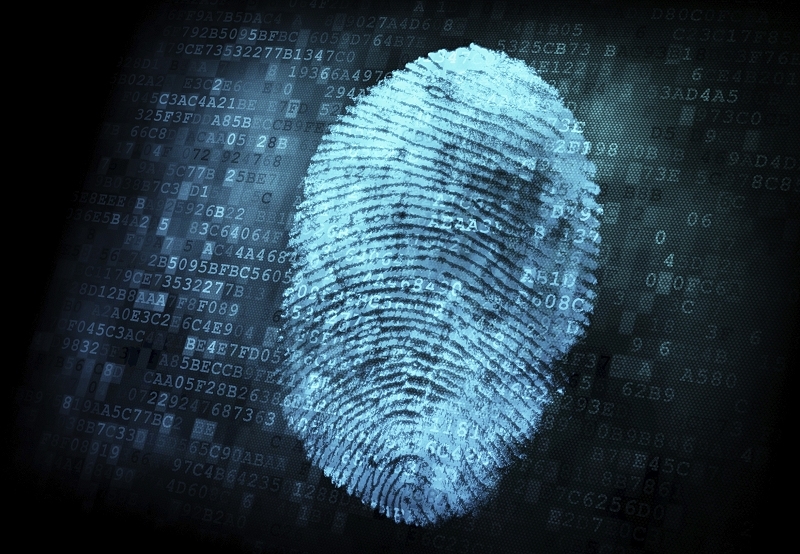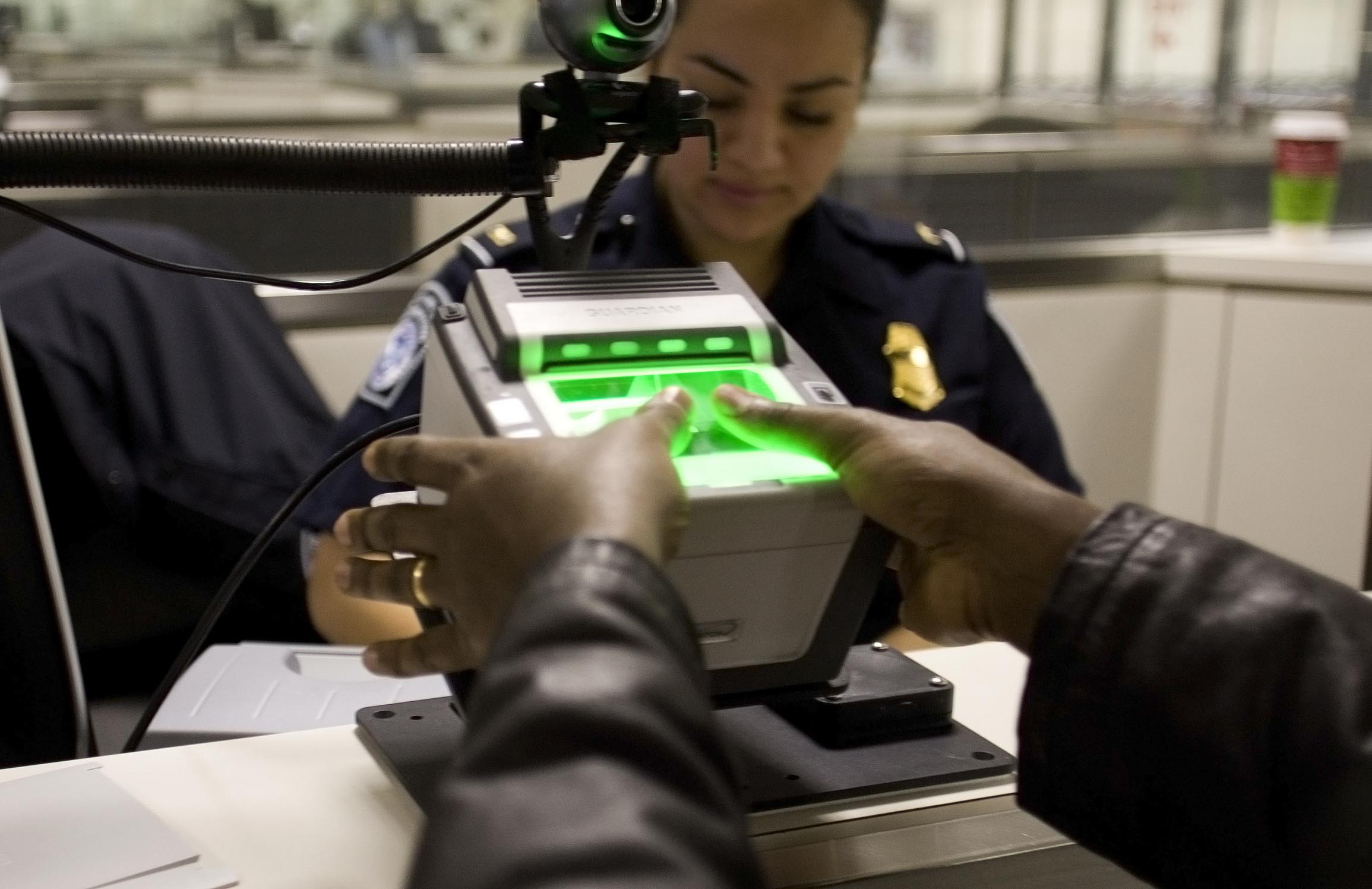How multimodal biometrics improves border control security

The use of biometrics by border control agencies worldwide is now commonplace. Many countries around the world are deploying or have already deployed biometric border security systems for accurate and fast identification of citizens and foreign travelers.
Border security biometric systems include national database deployments in entrance and exit systems, immigration, and e-passports, to track and manage the flow of humans across borders. More sophisticated technologies like multimodal biometrics identification are now considered more reliable to improve border control security.
Why is Biometric Identification Technology Mandatory for Border Control Security?
Cataclysmic events like the US 9/11 twin tower attack and the disappearance of Malaysian airlines flight MH370 has raised concern on the issue of accurate identification in airports, seaports, and other border control environments. Furthermore, the unfortunate rise of violence and war in many countries from the beginning the 21st century lead to a precipitous increase in the amount of refugees fleeing across borders to escape violence and persecution. In addition, the tragedy of human trafficking and increased criminal activities are pushing governments to evaluate stricter border control security protocols. Recently, the terrorist group ISIS invaded Iraq and put out a call worldwide for other terrorists to join them and the fighters used fake passports to reach European countries in the hope of carrying out terror attacks. This is leading to an increased sense of urgency for countries around the world to stop the influx of foreign terrorists by controlling borders before these terrorists reach war-torn countries and many of these governments have identified biometric technology as a viable technology to more accurately identify travelers and help stop the spread of terrorism.
More than 80 countries now have ePassport programs using biometric identification systems for citizen and traveler identification and many countries now have mandatory biometric enrollment of immigrants in border passing and immigration processing environments.
According to a recent study by the United Nation World Tourism Organization, nearly 1 billion people are crossing international borders each year. What makes biometric identification an attractive option for tighter border control security is that of the seven billion people on earth, no two individuals have the same biological traits such as fingerprints, finger veins, facial patterns, iris patterns, DNA, etc. Biometric identification systems can identify people more quickly and accurately than traditional manual checking of identity documents like passports and visas which is time consuming and can easily result in identification errors. Traditional border control systems are quickly becoming antiquated as terrorists, smugglers, and illegal immigrants gain access to new technologies to fake or forge their identities. Conversely, biometric identification can accurately identify any person within seconds by relying on physiological characteristics which cannot be lost, forgotten, stolen, or forged.
The Importance of Multimodal Biometrics in Border Control
Multimodal biometric authentication systems are now considered to be much more reliable for border control due to their reliance on multiple biometric credentials for identification rather than a single biometric characteristic. Moreover, multimodal biometric borders are more cost-effective, fast, and are currently enabling countries across the globe like Hong Kong, Japan, USA, and Australia to deploy multimodal biometric border control systems that incorporate airline check-in with immigration check-out, building seamless convenience for the traveler, preventing identity theft, and enabling safer skies and a safer world.
Most common multimodal biometric systems use a combination of fingerprint, finger vein, facial recognition, iris recognition, or palm vein recognition technologies. These systems use two factor and sometimes up to three factor authentication to compare the identity of a person resulting in optimal authentication accuracy. The integration of two or more types of biometric verification systems helps to meet stringent performance requirements set by security conscious customers. Here are some key factors of why governments should consider the use multimodal biometric identification systems for more secure border control:
- Faster and Accurate Identification: Border and immigration control needs fast but accurate identification. Although unimodal biometric identification systems have low false acceptance rates (also known as FAR) and false rejection rates (also known as FRR), combining two biometric characteristics in multimodal biometric identification systems reduces false acceptance rates (FAR) to nearly zero resulting in higher identification accuracy. The FAR or False Acceptance Rate is normally expressed as a percentage of invalid inputs which are incorrectly accepted and the FRR or False Rejection Rate is the probability that the system incorrectly rejects access to an authorized person, due to failing to match the biometric input with a template. In a unimodal biometric system reducing the FAR could increase the FRR, whereas multimodal biometric systems can effectively reduce both.

Moreover, multimodal biometric systems use multiple sensors or biometrics to overcome the limitations of unimodal biometric systems. For instance iris recognition systems can be compromised by aging irises and finger scanning systems by worn-out or cut fingerprints. If one modality fails to identify an individual, a multi-modal biometric system can use another biometric credential to verify an identity.
- Anti-Spoofing Capabilities: Because multimodal biometric identification systems require an individual to provide more than one biometric credential, it is a strong tool to prevent spoofing attacks, especially when a biometric hardware device with advanced finger imaging and liveness detection is used that requires human blood flow for proper identification. Therefore multimodal biometrics have the ability to detect spoofing attempts through non-live data sources such as fake fingers.
How Can Multimodal Biometric Identification Systems Improve Border Security?
Here are some advantages of why governments should deploy multimodal biometric systems for border control:
- Fast Immigration: Biometrics are now being implemented in many international airports worldwide to speed travelers through security and immigration check points. Deploying multimodal biometric identification systems at immigration check points and airport automated kiosks becomes more reliable and trusted with multimodal systems and also allows security personnel to direct their focus on real threats versus the low-risk, everyday traveler.
- Refugee and Pilgrimage Tracking: Multimodal biometrics can provide more accurate identification of refugees in the Middle East, Africa, and Asian countries like Syria, Myanmar, Iraq, Lebanon, and Afghanistan where increasing numbers of individuals and families are migrating to neighboring countries. The UNHCR and other selected host countries are using biometric identification technology to track refugees and monitor their movements across borders. The tragedy of some refugees migrating from war torn environments is that some could not be identified because they may not have fingers or any other identifiable biometric traits in a unimodal system. Multimodal biometric identification systems have the ability to capture multiple biometric credentials to ensure that an individual who may have compromised one physiological trait could be identified with another.
Every year many Muslim people from all around the world visit Saudi Arabia for pilgrimages. Due to missing pilgrims and problems with inaccurate identification rising every year, it is important to identify these individuals quickly and accurately. In addition, most of the pilgrims are part of an older generation and some single modal biometric platforms like fingerprinting could not perform well. Deploying multimodal biometric identification will help countries to accurately track pilgrims.
- Criminal Tracking: Many countries are suffering from preventing international criminals crossing their borders. Having a centralized multimodal biometric identification database that interconnects with other local or international law enforcement agencies can help to identify criminals quickly and easily track them across borders. Since criminals continue to use sophisticated methods to spoof unimodal biometric identification systems, deploying multi-modal biometric identification solutions can more easily detect spoof attacks and ensure accurate identification to prevent criminals from trying to falsify their identities when crossing international borders.
Deployment of multimodal biometric identification systems for border security are more cost effective than unimodal systems, as these systems may have been able to protect the 9-11 attack in the USA and could save 239 lives in Malaysia Airlines Flight MH 370. Therefore multimodal biometric identification systems are now more cost effective to deploy and provide a new dimension of security such as mobility and portability to avoid the unexpected.
Multimodal biometric technology and hardware are starting to be more prominent as the demand for deployments increases. The latest multimodal biometric hardware are now more cost effective and intelligent to prevent spoof attacks and provide higher levels of accuracy. Some multimodal biometric devices can authenticate both fingerprint and finger vein in a single scan which is very cost effective as it saves the cost of buying two biometric devices. Moreover, it saves time providing fast multi biometric authentication in a single scan and detecting the liveness of the finger to avoid fraudulent activities. Furthermore, selected multimodal mobile biometric devices are now capable to capture and authenticate fingerprint, iris and facial patterns to identify individuals/passengers accurately from remote places using Wi-Fi or even mobile network.
Conclusion
Using multimodal biometric identification systems for border control security strengthens the ability of countries to more effectively and efficiently manage the movement and flow of both citizens and travelers. The worldwide increase of countries taking greater control of their own borders (especially in times of war and/or crisis) dictates an investment in the latest multimodal biometric identification management technology to establish safe entry and exit of citizens and travelers. Using biometric watch lists and incorporating biometrics into travel documents could also improve border security.
Photo Credit: Maksim Kabakou/ Shutterstock
Arifin Hussain is the SEO Specialist with M2SYS Technology, an award-winning industry leader in biometric identity management technology.